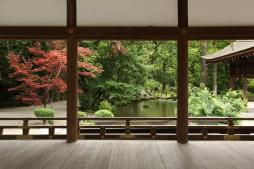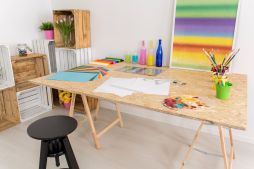Ancient Egyptian Homes and Communities: Understanding Their Lifestyle

Exploring daily life in ancient Egypt offers a fascinating glimpse into how one of history’s most iconic civilizations lived, worked, and interacted. From the layout of their homes to the structure of their communities, ancient Egyptians crafted a lifestyle shaped by their environment, beliefs, and social organization. Let’s delve into what daily life was really like in ancient Egypt.
The Structure and Design of Ancient Egyptian Homes
Ancient Egyptian homes were typically made from mud bricks, a practical choice given the Nile Valley’s abundant clay resources. Most houses had flat roofs and were designed to keep interiors cool during hot days. The layout often included several rooms centered around a courtyard where families gathered for meals and chores. Wealthier Egyptians enjoyed more elaborate homes with multiple rooms decorated with vibrant wall paintings and furniture crafted from wood.
Family Life and Social Roles
Family was central to ancient Egyptian society, with extended families often living close together or within the same household compound. Men were generally responsible for work outside the home such as farming, trading, or craft production while women managed domestic duties including cooking, weaving, and child-rearing. Education was valued especially for boys who might learn reading, writing, or vocational skills depending on their social status.
Community Organization and Occupations
Communities in ancient Egypt were closely knit; villages typically consisted of farmers who relied on the Nile’s annual floods for agriculture. Beyond farming, artisans like potters, jewelers, weavers, and carpenters contributed to local economies by producing goods used daily or exported through trade networks. Temples served not only religious functions but also acted as economic centers employing many community members.
Daily Routines: Food, Clothing,and Recreation
Diet in ancient Egypt was based largely on bread made from barley or emmer wheat supplemented by vegetables like onions and garlic as well as fish from the Nile. Clothing was simple yet suited to the climate; linen garments ranged from basic kilts worn by laborers to fine dresses adorned by nobility. Leisure time included music performances using instruments such as harps or flutes along with board games like Senet that were popular among all classes.
Religious Practices Integrated into Daily Life
Religion permeated every aspect of life for ancient Egyptians; they believed that pleasing gods ensured harmony both personally and socially. Daily rituals often involved offerings at household shrines alongside participation in community festivals honoring deities such as Osiris or Isis. This deep spiritual connection influenced moral values as well as artistic expressions found throughout homes and public spaces.
Understanding daily life in ancient Egypt reveals a complex society where architecture, family dynamics, work roles,and spirituality intertwined seamlessly to create vibrant communities along the fertile banks of the Nile River.
This text was generated using a large language model, and select text has been reviewed and moderated for purposes such as readability.











